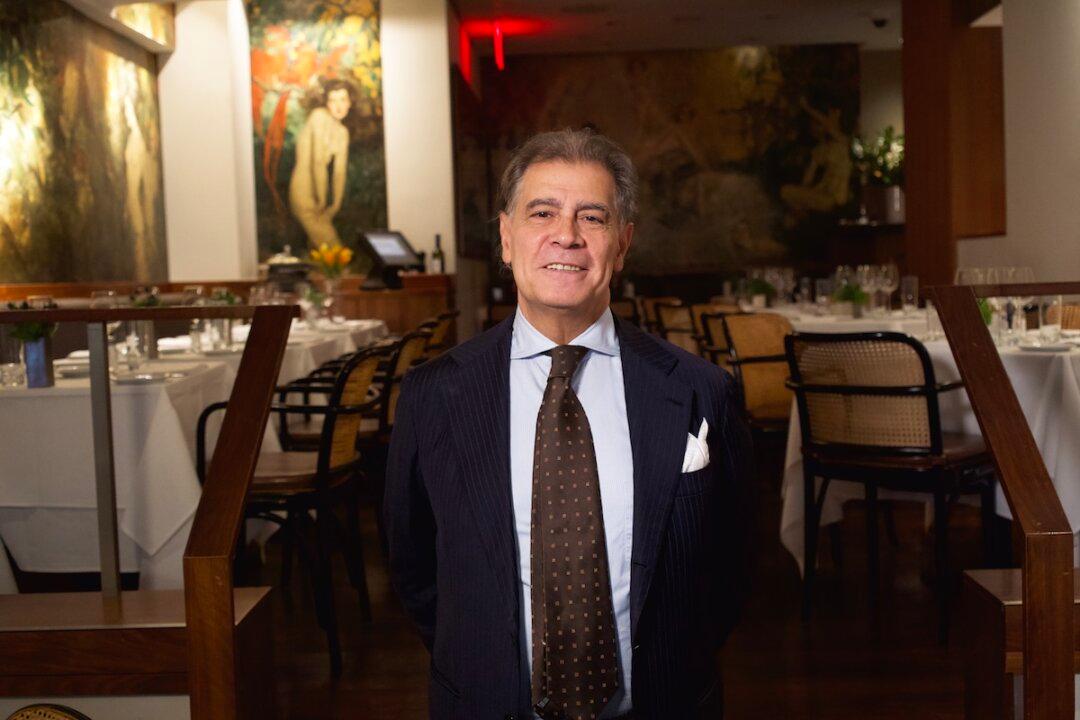NEW YORK—No matter what you’re in the mood for, New York offers nearly every kind of cuisine imaginable. Whether you’re hungry for food as ubiquitous as Chinese or as elusive as Ethiopian, your craving can be readily satiated. However, there can be a chasm between the palate of people in the United States and cultural authenticity.
Restaurateur Gianfranco Sorrentino is trying to bridge that gap, offering genuine Italian food at his restaurants. He is also the president of Gruppo Italiano, a nonprofit organization that promotes authentic Italian cuisine through education.






